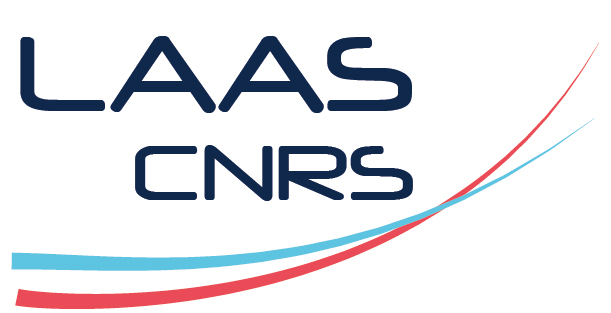Optimization of combustion regime through TiB₂-Molar Ratios in Ternary Al-TiB₂/CuO Reactive Multilayer Films
Résumé
Aluminum as fuel has demonstrated compelling attributes over decades of research, including affordability, abundance, and a high specific energy density. It stands out as the most extensively studied metallic fuel 1,2 . However, Al faces a challenge in the form of a high ignition point, primarily attributed to the presence of its native oxide. As for some applications, is desirable to lower the ignition temperature, much research effort is dedicated to the increase of Al ignitability and decrease of its ignition temperature. In order to setting the reaction pathway and hence regulating the ignition point, several studies have been populated by approaches modifying the native Al2O3 using polymeric material 3,4 or different oxides 5,6 . While all these strategies prove categorically effective, it is undeniable that they require time-consuming and cost-ineffective engineering efforts. This study investigates the impact of adding nano-TiB2 on the ignition and combustion properties of CuO/Al 7 by varying the TiB2 fuel molar ratio. Magnetron sputtered Al-TiB₂-CuO multilayers were prepared, and their ignition and combustion characteristics were analyzed. All Al-TiB₂/CuO ternary system outperform unary Al/CuO, with the 0.5 TiB2 molar ratio showing the most significant improvement in ignition delay, reducing it by approximately 100%. Additionally, each ternary thermite exhibited a propagation rate twice that of CuO/Al. Differential scanning calorimetry, high-speed videography, spectroscopy, and microscopy were used to elucidate the factors contributing to this enhancement and to understand the role of TiB2. TiB2 offers low oxidation resistance, low sintering ability, and ease of fabrication. It combines the benefits of both Ti and B, and its integration with Al fuel is expected to yield a promising new thermite by harnessing the advantages of each material. This study highlights the significant potential of incorporating refractory material into aluminum-based thermites for applications requiring precise control over ignition times.
Domaines
Matériaux| Origine | Fichiers produits par l'(les) auteur(s) |
|---|

